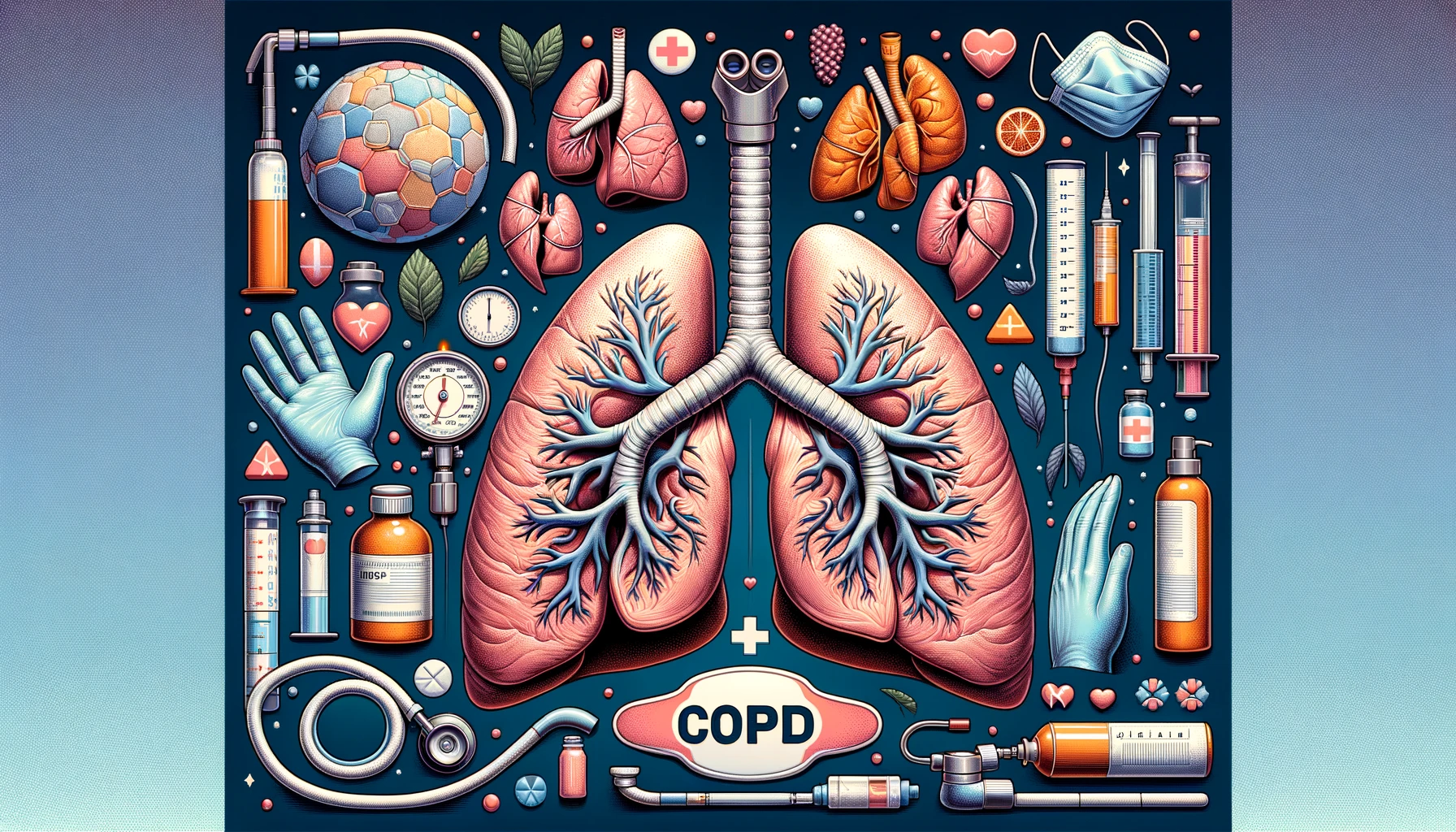Rheumatoid arthritis (RA) is a chronic inflammatory disorder that not only affects the joints but can also have systemic effects, impacting various body systems.

Blog
Understanding the 4 Stages of Rheumatoid Arthritis
Rheumatoid arthritis (RA) is a chronic inflammatory disorder that not only affects the joints but can also have systemic effects, impacting various body systems. The progression of RA can be broadly categorized into four stages:
The initial phase of rheumatoid arthritis is characterized by inflammation of the synovial lining, causing joint pain, swelling, and stiffness that can be worse following periods of inactivity. At this stage, there are no visible signs of joint damage on X-rays, although MRI or ultrasound may reveal early joint inflammation.
As the disease progresses, inflammation leads to damage within the joint. Patients may start to experience a reduction in the range of motion and may begin to notice the physical changes in their joints. At this point, X-rays may show some degree of joint damage.
In severe RA, the inflammatory process leads to the destruction of cartilage and bone, which can result in significant joint deformity. The damage at this stage is often irreversible and can lead to substantial disability.
The final stage of RA is characterized by fibrous ankylosis or bony ankylosis, where the joint space becomes scarred or the bones fuse together, leading to complete loss of joint function.
While it's not always possible to prevent arthritis entirely, especially when it comes to genetic types like rheumatoid arthritis, there are steps one can take to reduce their risk and manage symptoms:
Extra weight puts more pressure on your joints, especially your knees, hips, and feet.
Regular physical activity can help maintain joint flexibility.
Repeatedly performing the same motion can stress your joints.
A diet rich in antioxidants can help reduce inflammation; omega-3 fatty acids have been shown to reduce arthritis symptoms.
Smoking is associated with the development of rheumatoid arthritis.
Arthritis can have a genetic component, particularly rheumatoid arthritis, osteoarthritis, and psoriatic arthritis. Having family members with the disease can increase your risk, but it's not a guarantee you'll develop it.
Tylenol, or acetaminophen, is a common over-the-counter pain reliever. Tylenol Arthritis is a form of Tylenol specifically formulated to relieve arthritis pain. It typically contains a higher dose of acetaminophen and may have a longer-lasting effect due to its extended-release formulation.
Yes, genetics can play a significant role in the development of certain types of arthritis. Genetic markers have been identified in rheumatoid arthritis, for example, that increase the risk of developing the condition.
Arthritis, an ailment that strikes at the very hinges of our body's mobility, can be a daunting prospect for anyone. But armed with knowledge about the stages of rheumatoid arthritis, understanding its hereditary nature, and differentiating between various pain management options, such as Tylenol and Tylenol Arthritis, one can navigate this condition with a measure of control and hope. While we may not have the power to change our genetic predisposition, we can take preemptive steps to prevent or delay the onset of arthritis symptoms. Lifestyle choices play a pivotal role in this endeavor. By maintaining a healthy weight, engaging in regular physical activity suited to your body's needs, and nourishing yourself with a balanced diet, you can fortify your joints against the wear and tear of time and inflammation.
While it's not always possible to prevent arthritis entirely, especially when it comes to genetic types like rheumatoid arthritis, there are steps one can take to reduce their risk and manage symptoms:
Arthritis can have a genetic component, particularly rheumatoid arthritis, osteoarthritis, and psoriatic arthritis. Having family members with the disease can increase your risk, but it's not a guarantee you'll develop it.
Tylenol, or acetaminophen, is a common over-the-counter pain reliever. Tylenol Arthritis is a form of Tylenol specifically formulated to relieve arthritis pain. It typically contains a higher dose of acetaminophen and may have a longer-lasting effect due to its extended-release formulation.
Yes, genetics can play a significant role in the development of certain types of arthritis. Genetic markers have been identified in rheumatoid arthritis, for example, that increase the risk of developing the condition.
Need Personalized Health Guidance?
Get expert advice tailored to your specific health needs from our qualified healthcare professionals.





